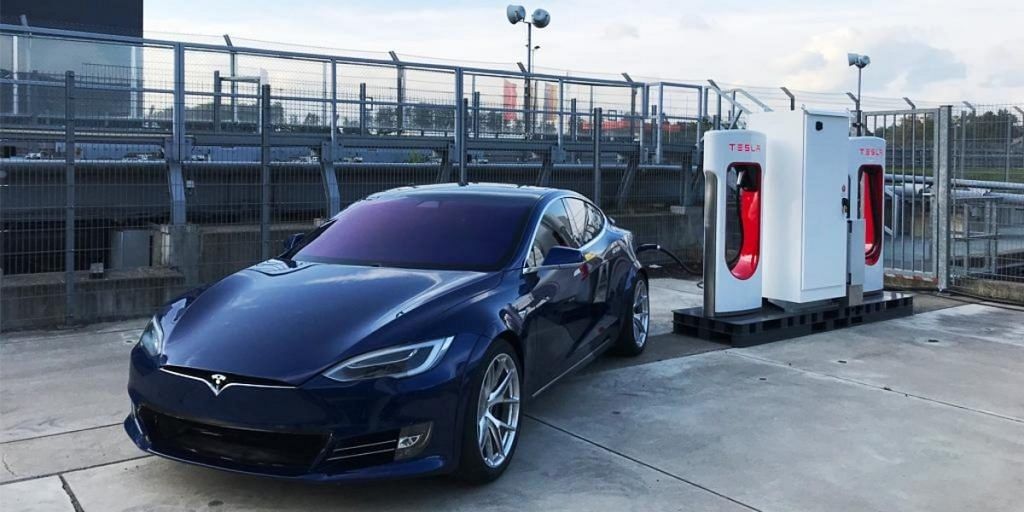If we take the eccentric Elon Musk’s tweets at face value, Tesla is going to enter India’s automobile market early next year, turning the page to an important chapter in the country’s electric vehicle revolution story.
There’s no doubt about it, the future is electric. Sooner or later, oil-run cars are going to become a passe and we’ll have, arguably, environment-friendly, less-noisy electric vehicles take over the roads.
But has India made the necessary arrangements to embrace the electric future just yet?
Also read: Message we get is we don’t want you – Toyota stops expansion in India saying taxes too high
Is Tesla India-ready?
From your McAloo Tikki and Chicken burgers at McDonald’s to the full-crusted pizzas at local joints, multinational corporations entering India have had only two choices — dance to the tune of Indian habits or go back.
Recall any ad for tyres, and you’ll see the promise of extra grip in those commercials — they’re meant to keep you safe on India’s pot-holed, congested, unruly roads that promise to surprise you every mile of the way. Even oil engine ads have taken the same route. More than anything, Tesla will have to go through some serious Indianisation and prove its worth on India’s rough roads. The electric vehicle manufacturer will have to ensure its swanky cars turn into the rugged monsters to survive here, or meet the fate of earlier international hits that nobody paid heed to in India.
Take the example of Uno by Fiat, a globally successful car that flopped in India since it was too low-floored for our bumpy roads. My family owned the car when I was young, it was a tough-looking cookie whose silencer would hit every other speed-breaker on the road. A menace nobody wanted. That Fiat’s overall services are also to be blamed is a debate for another day.
Or take the more popular and recent example of Harley Davidson, the ultimate symbol of masculinity, which wasn’t virile enough for India. Indian roads would never let you enjoy such premium bikes to the fullest. Of the 20 million two-wheeler units sold in India last year, Harley Davidson’s share was a measly 10,000 units. This resulted in the closure of their operations here. The ‘open road’ experience, quintessential to its brand, was just not available in India.
Also read: Europe is building the next Tesla
Lack of infrastructure
Tesla’s entry shouldn’t be surprising. A recent report pegged India’s electric vehicle market to become a Rs 50,000 crore opportunity by 2025.
Many big companies make the mistake of entering India with the sole purpose of wooing the potentially huge market, but overlook the glaring infrastructural deficiencies here.
India isn’t going to buy your product if it’s impractical for Indians, no matter how technically superior your offering is.
For a country striving to ensure that by 2030, 30 per cent of the passenger vehicles sold in India are green, a goal that was ambitiously and delusionally set at 100 per cent earlier, the speed of growth and reforms don’t seem to necessarily match the timeline set. Which brings us to the elephant in the room — the ‘elephant pace’ at which our systems function. Most MNCs don’t have the patience to deal with this despite the lure of market volume India offers.
There are less than 500 electric vehicle charging stations in India, when the current need has been pegged at around 2,600. Some electric vehicle-based cab companies have set up their own charging stations at different locations to meet the gap. In sharp contrast, China has more than 5 lakh charging stations.
It’s not like the government isn’t thinking of changing India’s EV landscape. The problem is, it seems, thinking is all it’s doing. According to latest reports, the government is considering installing 69,000 charging kiosks at petrol pumps across the country. At this pace, you might also channelise the power of your ‘thoughts’ to charge your Tesla at petrol pumps. Talk is cheap. Tall promises are made in this country every day. The reality of 2020 India is as far as possible from the 2020 promise that we grew up listening to.
Also read: Battery fires put BMW and Ford on the back foot just as electric vehicles take off
Lack of demand
It’s not like the government hasn’t tried to stimulate demand. The 2019 budget had introduced an income tax exemption up to rupees 1.5 lakh on purchase of an electric vehicle.
But high ownership costs, poor resale value and lack of adequate infrastructure, coupled with poor battery performance of vehicles selling currently resulted in abysmally low demand of EVs in India. Only 1,309 electric vehicles were sold between April-November 2019. We also sold only a little more than 8,000 units in 6 years, according to a Bloomberg report. China sells more than that in two days.
Your Teslas could also be quite expensive. Under FAME (Faster Adoption and Manufacturing of (Hybrid & Electric Vehicles), the government has allotted nearly Rs 11,000 crore over a period of three years to boost local manufacturing of EVs and for setting up of charging stations. At the same time, the government has also increased customs duty on Completely Built Units — the route Tesla is likely to take for its India entry — from 25 per cent to 40 per cent.
India is, undoubtedly, a fertile market for electric vehicles. But if we don’t do exponentially more to make buying, owning and driving electric cars a smart and practical choice, only a few rich will buy Teslas for their garages, bringing no real electric revolution to the country.
Views are personal.
